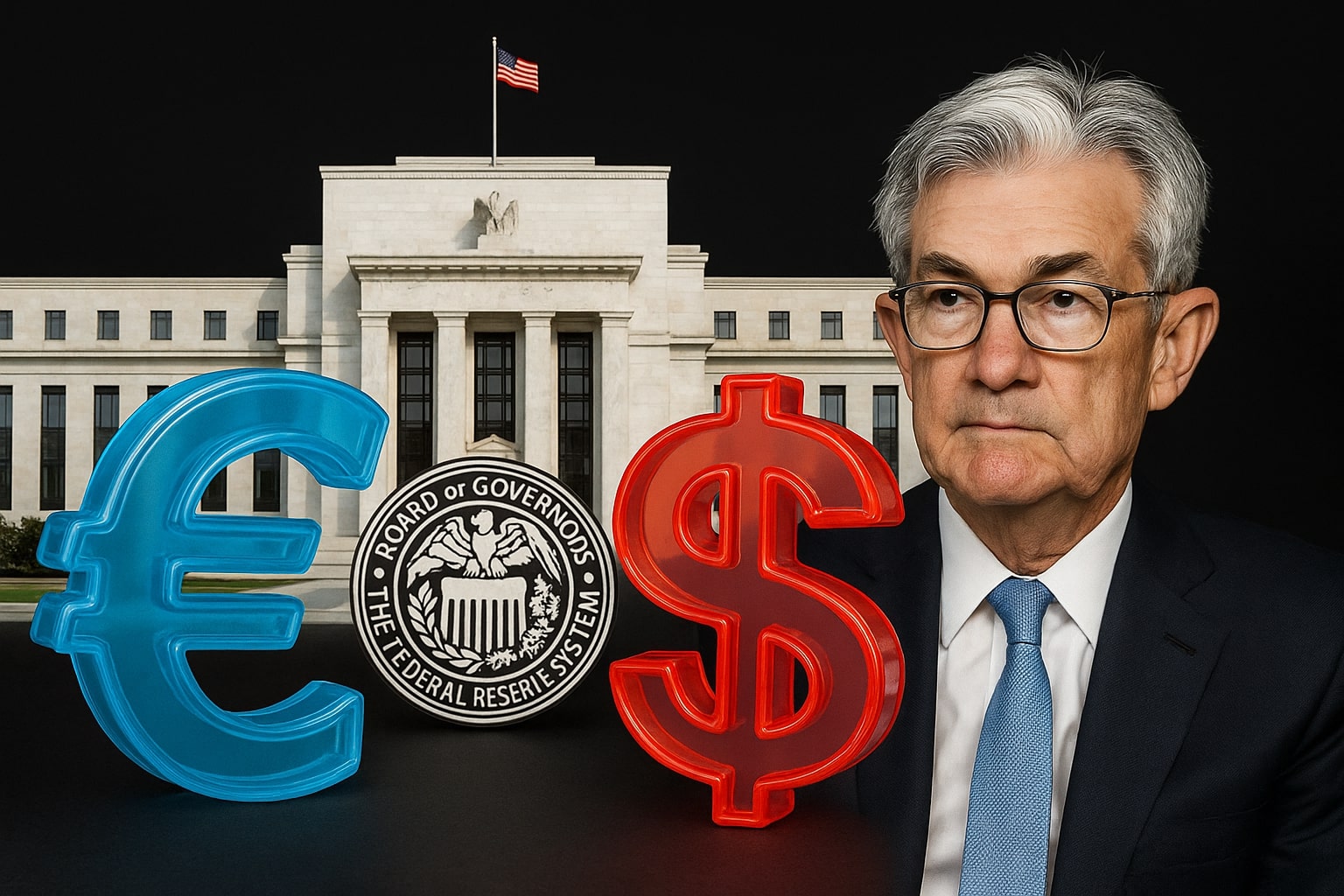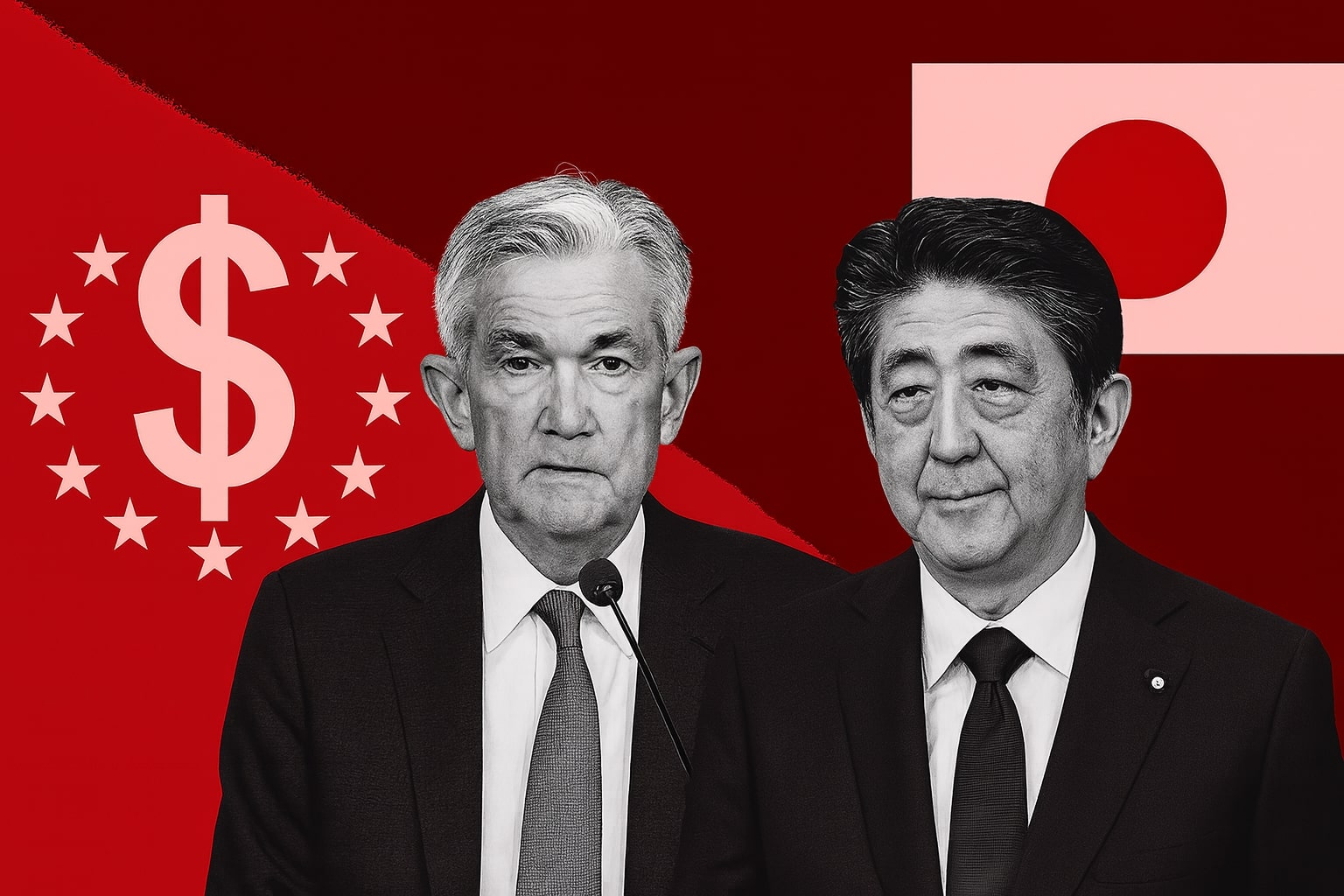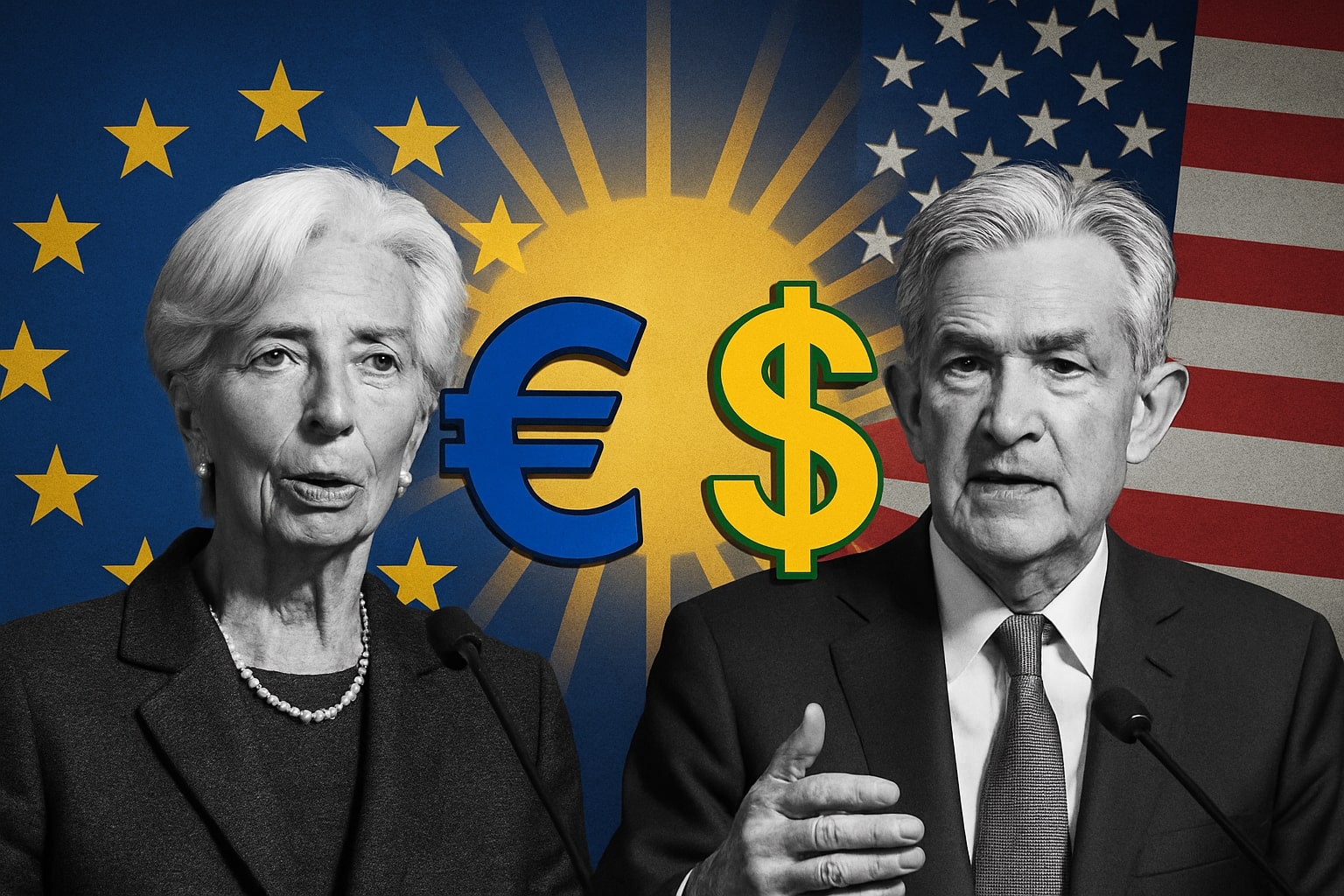
EUR/USD Price Forecast - EUR to USD Drops to 1.1740 as U.S. Data Beats and German Prices Fall 2.2%
Dollar demand revives on Fed guidance, jobless claims at 231K, and French unrest, while eurozone disinflation drags EUR/USD toward 1.1700 support | That's TradingNEWS
EUR/USD Slips Toward 1.1740 as Dollar Strength Outpaces Euro Recovery
The EUR/USD pair has lost ground again, trading around 1.1740–1.1760, extending its decline from last week’s four-year high at 1.1920. The euro has now dropped four sessions in a row, pressured by a resurgent U.S. dollar and growing signs of disinflation inside the eurozone. The greenback’s rebound has been reinforced by U.S. jobless claims tumbling to 231K from the prior 264K, alongside a sharp rise in the Philadelphia Fed index to 23.2, its best level since January. These figures point to resilience in the American economy even as the Federal Reserve trims policy rates.
Federal Reserve Policy and Market Guidance Keep Dollar in Demand
The Fed’s latest 25 basis-point cut lowered the funds range to 4.00%–4.25%, but Chair Jerome Powell’s “risk-management” framing signaled the central bank will not rush into an aggressive easing cycle. Futures markets still price a 90% chance of another cut in October and an 80% probability of one more in December, yet Powell warned that tariff-driven inflation remains a threat. Forward guidance penciling in just two more cuts this year and one in 2026 implies rates could stabilize near 3.50%, higher than markets once expected, offering continued support for the dollar and weighing on EUR/USD.
ECB Stays Cautious as German PPI Confirms Disinflation
The European Central Bank has left rates unchanged for a second straight meeting, with Vice President Luis de Guindos calling the stance “appropriate” but warning that uncertainty remains elevated. Governing Council voices, including Mario Centeno, acknowledged inflation slipping below the 2% threshold, leaving the door open for additional accommodation. The weakness is clear in the data: Germany’s producer price index fell 2.2% year-over-year in August, a steeper drop than July’s -1.5% and well below expectations of -1.6%. On a monthly basis, prices fell 0.5%, reinforcing concerns that manufacturing and supply chains are under deflationary pressure. With eurozone inflation steady at just 2.1%, the ECB has little scope to turn hawkish, which undercuts euro demand.
French Political Tensions Add to Euro Weakness
Domestic politics have also added stress. France has seen mass anti-austerity demonstrations in Paris, Lyon, and Marseille, aimed at forcing President Emmanuel Macron and Prime Minister Sébastien Lecornu to back away from spending cuts. Investors worry fiscal credibility is slipping, and protests are becoming another layer of risk premium for euro-denominated assets. Political instability at the core of the eurozone makes the single currency a less attractive counterweight to the dollar, especially with U.S. yields holding firm.
Technical Picture: 1.1700 Support Tested as Momentum Turns Bearish
From a technical perspective, EUR/USD has slipped under its short-term trendline and is now consolidating near 1.1750, where both the 200-EMA and September uptrend converge. Momentum signals confirm fatigue: RSI on the 4-hour chart sits just below 50, while short-term EMAs have crossed beneath longer averages. If sellers push further, the key zone at 1.1710–1.1700 comes into play, followed by deeper support at 1.1660 and 1.1615. On the upside, intraday resistance stands at 1.1790, and a breakout through 1.1820 would be required to re-ignite bullish momentum toward 1.1878 and the recent 1.1920 high. Price action shows repeated rejections around 1.1840–1.1880, underscoring how heavy supply is layered overhead.
Read More
-
GPIX ETF At $52.52: 8% Yield And Dynamic S&P 500 Income Upside
13.12.2025 · TradingNEWS ArchiveStocks
-
XRP ETFs Surge Toward $1B As XRPI Hits $11.64 And XRPR $16.48 With XRP Near $2
13.12.2025 · TradingNEWS ArchiveCrypto
-
Natural Gas Price Forecast: NG=F Hovers Near $4.07 Support After 22% Weekly Slide
13.12.2025 · TradingNEWS ArchiveCommodities
-
USD/JPY Price Forecast - Dollar to Yen at 154–158 Range as BoJ 0.75% Hike and Fed Cut Debate
13.12.2025 · TradingNEWS ArchiveForex
Dollar Index and Cross-Currency Flows Reinforce Pressure on EUR/USD
The U.S. Dollar Index (DXY) trades near 97.65, up from 96.56 last week, and now faces resistance around 97.80. RSI at 62 shows momentum building, though not yet stretched. Against peers, the euro is weaker by 0.36% versus USD but managed slight strength against sterling, up 0.19%, highlighting that euro softness is largely concentrated against the dollar rather than broad-based. In Asia, euro losses were sharper against the yen and yuan, reflecting investor positioning for slower eurozone growth relative to global peers.
Investor Sentiment and Market Positioning
Positioning data shows 60.6% of traders are net short EUR/USD, with only 39.4% holding long positions. This skew reflects caution and confirms sentiment remains bearish even after the recent decline. Futures markets continue to price in dollar strength into year-end, betting that U.S. growth resilience will limit the depth of Fed cuts, while the ECB’s dovish tone drags on the euro.
Verdict on EUR/USD
The structure remains unfavorable for the euro. Strong U.S. labor and manufacturing data, Fed guidance that keeps rates elevated, German disinflation, and French unrest together leave EUR/USD biased lower. Unless the pair reclaims 1.1820 quickly and builds momentum above 1.1850, rallies are sell opportunities. Downside levels to watch are 1.1710, 1.1660, and ultimately 1.1615. The verdict: EUR/USD is a Sell below 1.1820, with short-term risk toward 1.1700 and a deeper slide possible if U.S. data continues to outperform Europe.



















